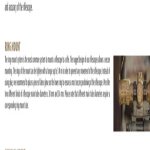Jonnyofalltrades
Regular
- Location
- North-central Saskatchewan
Those are excellent rules of thumb to go by. Just remember that they only apply to steel screws, threading into steel. Throw anything else into the mix and all bets are off. Aluminum flips those rules into reverse, more or less.








































































